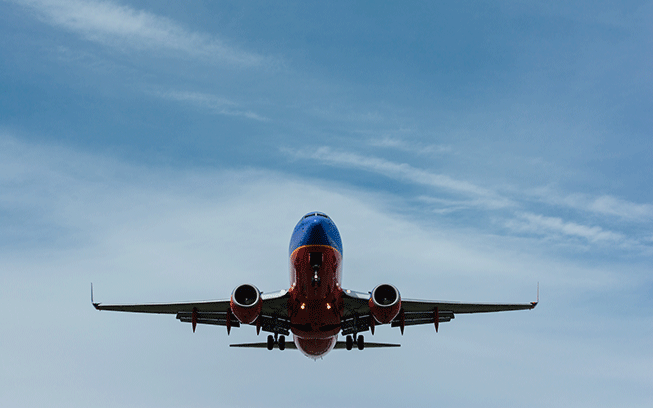Growth in international traffic for many airports, congestion at key airline hubs and a continuation of problems for small airports are among the airport trends predicted Boyd Group International.
The 2018-2027 Airports: USA forecast of enplanements and air service trends was released ahead of the Boyd Group’s International Aviation Forecast Summit happening August 19-21. The forecast calls for growth to 1.1 billion enplanements in 2027, up from 825 million in 2017. “Hubsite” airports, or airports where 22 percent or more traffic is connecting, are projected to see enplanement growth of 25.7 percent. Large non-hubsite airports and regional airports are projected to have enplanement growth in excess of 30 percent during the 10-year period.
The Boyd Group predicts that the nation’s largest hubsite airports will be overwhelmed with increasing passenger numbers, due in part to the move toward usage of larger aircraft. That, in turn, will have negative impacts elsewhere. The report notes that “due to larger aircraft, the bar for service to smaller airports will be going up considerably.”
In fact, The Boyd Group reiterated its long-standing position that some small airport simply can’t support commercial service under the shifting airline model. “Embracing the larger airport, 45-50 or even 90 minutes away may be the only option for the future,” the report said.
For larger airports, international flying will become increasingly important. The report predicts that the international component of U.S. airport traffic, now comprising more than 30 percent, will be over 36 percent by 2027. This includes direct international traffic, and that which is indirectly delivered via foreign visitors making trips within the U.S. subsequent to their arrival.
The Boyd Group predicts more international service from coastal U.S. airports, due in part to “new generation airliners” that are expanding flight options between the U.S. and the European Union. That trend builds on expansion of international service to several mid-sized airports in recent years. The report also notes that China access will become increasingly important to U.S. airports.
Finally, the report predicted continuing uncertainty due to what it calls the “wildcatter” airline segment. These are the ultra-low-cost carriers, both domestic and international, that offer service as a discretionary spend rather than in response to demonstrated demand. “This can result in huge traffic spikes at small and mid-size airports,” the report notes, “but those spikes can rapidly deflate if the ULCC finds the traffic to be unsatisfactory.”






